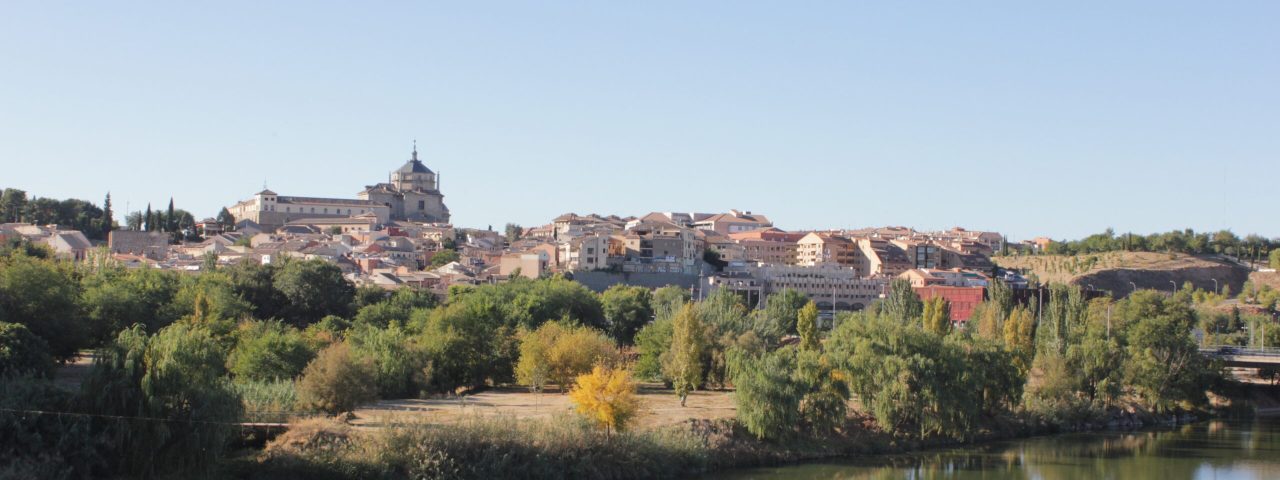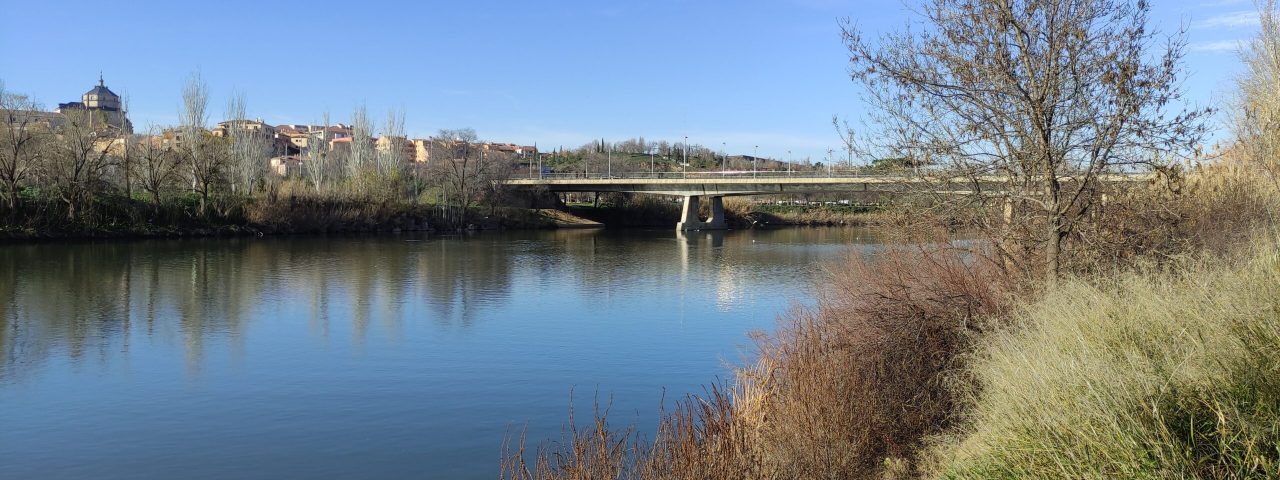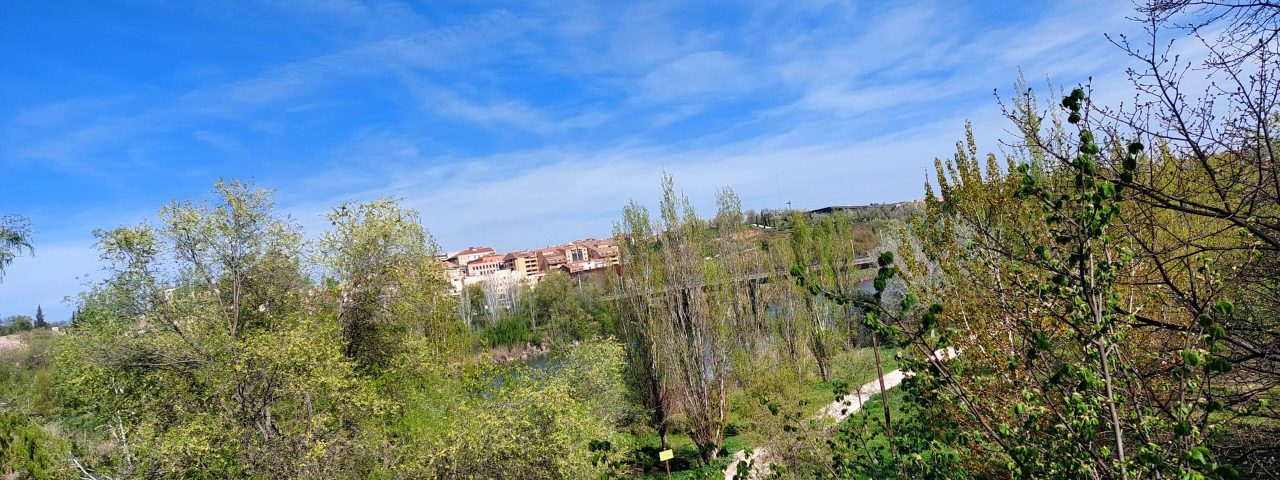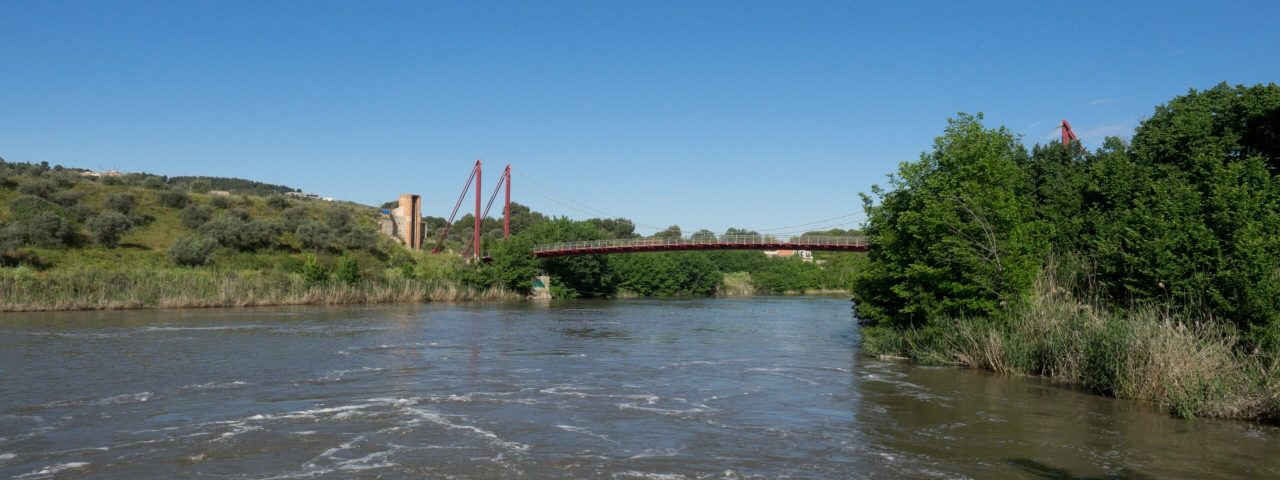Toledo’s rich history dates back to Roman times, but it was the medieval period that truly shaped its character. For centuries, the city was a melting pot of Christian, Muslim, and Jewish cultures, earning its reputation as the “City of Three Cultures.” After the fall of the Roman Empire, the city became a key center of Visigothic rule before it was taken by the Moors in the 8th century. Toledo flourished under Moorish rule, with great advances in science, philosophy, and art. The city was reclaimed by Christian forces during the Reconquista in 1085, further enriching its cultural and architectural landscape.
The interweaving of these three cultures is still visible today in Toledo’s architecture, food, and traditions. The city is renowned for its festivals, most notably the Corpus Christi celebration, one of the most important religious events in Spain. Visitors can also experience traditional crafts, such as damascene metalwork and sword-making, which have been practiced here for centuries. In addition to its many religious landmarks, Toledo is also home to El Greco’s most famous works, as the artist spent a large part of his life in the city.
Toledo’s historical and cultural significance is profound, making it a haven for those interested in exploring Spain’s complex past. Its blend of influences is celebrated in the city’s vibrant cultural life, which includes music festivals, theater performances, and religious ceremonies.



